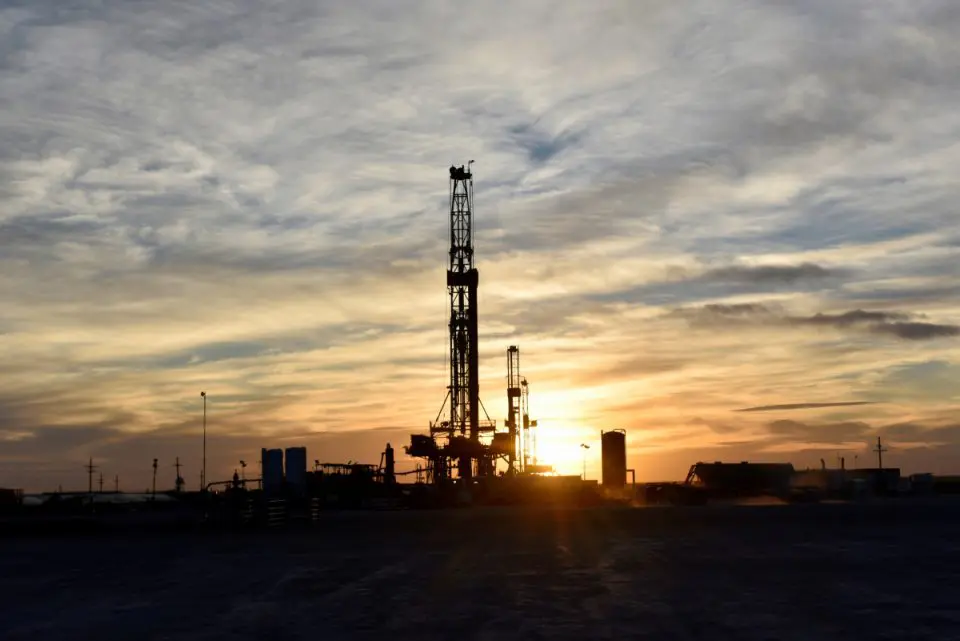KUALA LUMPUR, April 13 ― Kenanga Research has maintained a “neutral” call on the oil and gas (O&G) sector after the Organisation of the Petroleum Exporting Countries (Opec) meeting last week.
In a research note today, it said the Opec and its coalition had finally agreed to cut production by 10 million barrels per day (bpd) in May and June 2020.
“This will be gradually eased to eight million bpd in July to December 2020, and then further relaxed to six million bpd from January 2021 to April 2022,” it said.
The research house said despite the cuts, crude oil prices failed to rally despite a mini uptrend leading up to the production cut announcement, as the market deems the cuts to be insufficient in counteracting the drop in demand amidst the Covid-19 pandemic.
It said the 10 million bpd cut represents 10 per cent of global supply, but the widespread Covid-19 pandemic is expected to remove roughly between 15 million and 35 million bpd in demand for the second quarter of 2020.
As at March 2020, oil demand has fallen 13 per cent from December 2019 levels, with market oversupply at a record high of 10 million bpd, according to the Energy Information Administration’s data.
According to the research house, this is expected to escalate in April 2020 with market oversupply potentially jumping by 50 per cent in the coming month.
The cuts could be further increased to 15 million bpd should other nations such as the United States, Canada and Mexico choose to opt in, although this has still yet to be finalised into any official agreements.
“Ultimately, we feel that the current oil production cuts put in place could be sufficient to temporarily halt oil prices from going into a free fall, but it is unquestionably insufficient to prop up Brent crude prices to a ‘normalised’ US$50 (RM216)-65 per barrel level as before.
“As such, we feel that some form of price correction could still be inevitable in the coming months, and an output cut of at least 20 million bpd is required before we can see any impactful effects from deliberate rebalancing efforts.
“We keep our 2020 average Brent crude price assumption of US$40 per barrel unchanged (versus year-to-date average of US$49 per barrel), still anticipating a subdued second quarter of 2020, barring any changes in the macro environment,” it said.
Meanwhile, Kenanga Reseach said another video conference will be held to reassess the market situation in June 2020.
It said the recent Opec virtual meeting was a much more successful one compared to its previous meeting in March 2020, where the coalition failed to settle on a production cut agreement, sparking an all-out price war and sending oil prices into a free fall towards its 18-year low.
— Bernama





